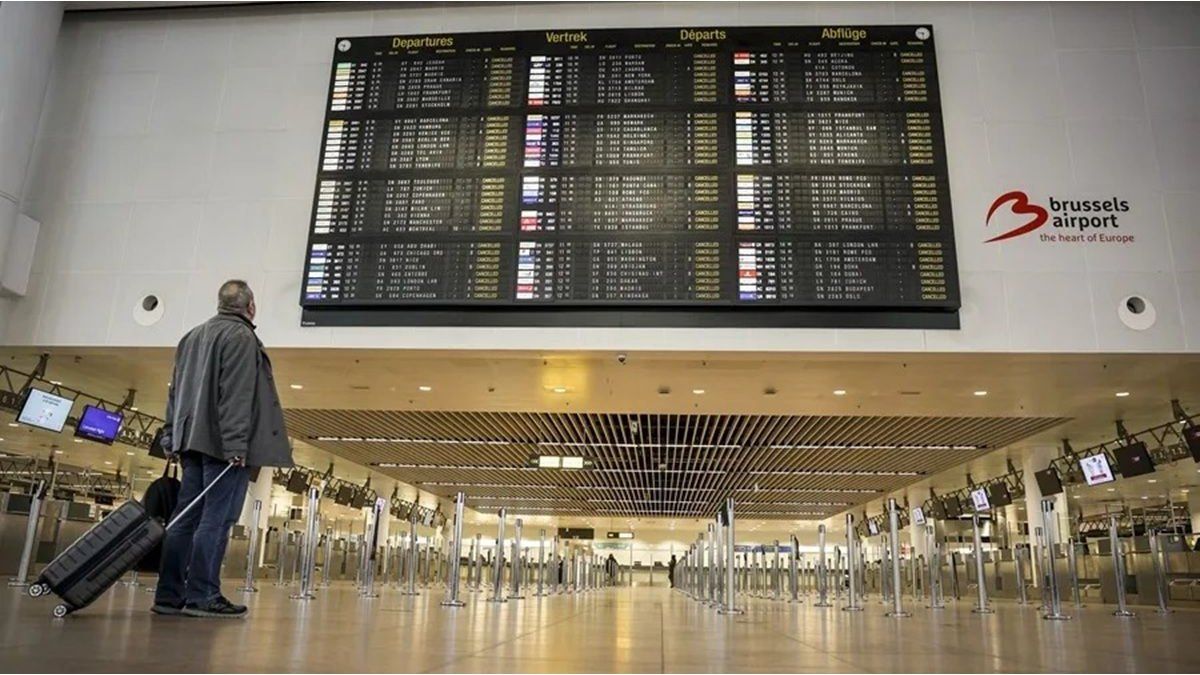They emphasize that the producers prefer to wait for Javier Milei’s measures. Despite the new 50-50% settlement regime, last week only US$62.6 million in agricultural currency entered.
Despite the extension of the incentive program for exportsLast week, agriculture earned just US$62.6 million in foreign currency. The thing is that, according to what the sector points out, the sale of grains by producers continues to be paralyzed, waiting for the new measures that may be adopted. Javier Milei once he assumes.
The content you want to access is exclusive to subscribers.
After the defeat in the runoff, the Government made the extension of the program official exporter until December 10, with new conditions: the portion of currencies that can be settled in the Cash with Settlement dollar segment was increased to 50%. But for the moment, It did not lead to greater commercialization.


“The question is whether it is better to take the dollar 50/50 to sell physical remnants until December 10 at $610, or wait for the shock that Milei is supposed to bring us at $650 per dollar. Although the second is more tempting, in theory it would be possible to capitalize on the difference in the higher exchange rate by selling now, and that of the later devaluation, by dollarizing the collection. Even if we want to be tied to the evolution of grain prices again, futures could be bought. The problem is how to dollarize, and today the decision to wait prevails,” analyzed Dante Romano, professor and researcher at the Center for Agribusiness and Food at the Austral University.
On the other hand, there is also talk of defining a tax certificate to partially recover the export duties that are transferred to the producer in prices. “In this case, by not lowering the rate paid for exporting, the price itself would not change. The advantage would come from outside. This suggests that selling grains at interesting forward values would be convenient.”Romano explained.
In any case, without too many certainties, “Producers are prioritizing the retention of grains for when the actions that have been transcending begin to be implemented.”
Trade “paralyzed”
As Gustavo Idígoras, president of CIARA-CEC, pointed out days ago, the grain trade is “paralyzed”. This is due, first of all, to the shortage of grains due to the drought and the producers’ expectations of a possible rise in the dollar with the arrival of the new Government.
“Today the grain trade is paralyzed by the grain shortage, the hardest in 60 years, secondly by an expectation before Milei’s victory that there will be a prompt update of the official exchange rate“said Idigoras.
“Today we are at 73% average idle capacity in the crushing plants (grinding) and 75% of idle capacity in the grain port capacity. “We are going through the worst year and the worst quarter in history,” he highlighted.
Facing the arrival of the new Government, the director of CIARA-CEC said: “The Milei government must be the government that has the greatest export orientation in history, an aggressive export policy and for that we must first eliminate all restrictions on day one“.
In this regard, Fernando Vilella, who is the agricultural reference for the Milei team and is poised to be the Secretary of Bioeconomy (which would have the functions of the current Secretariat of Agriculture), precisely pointed out that The objective is to “double exports in five years” through greater added value and eliminating restrictions, trusts and withholdings.
Source: Ambito




